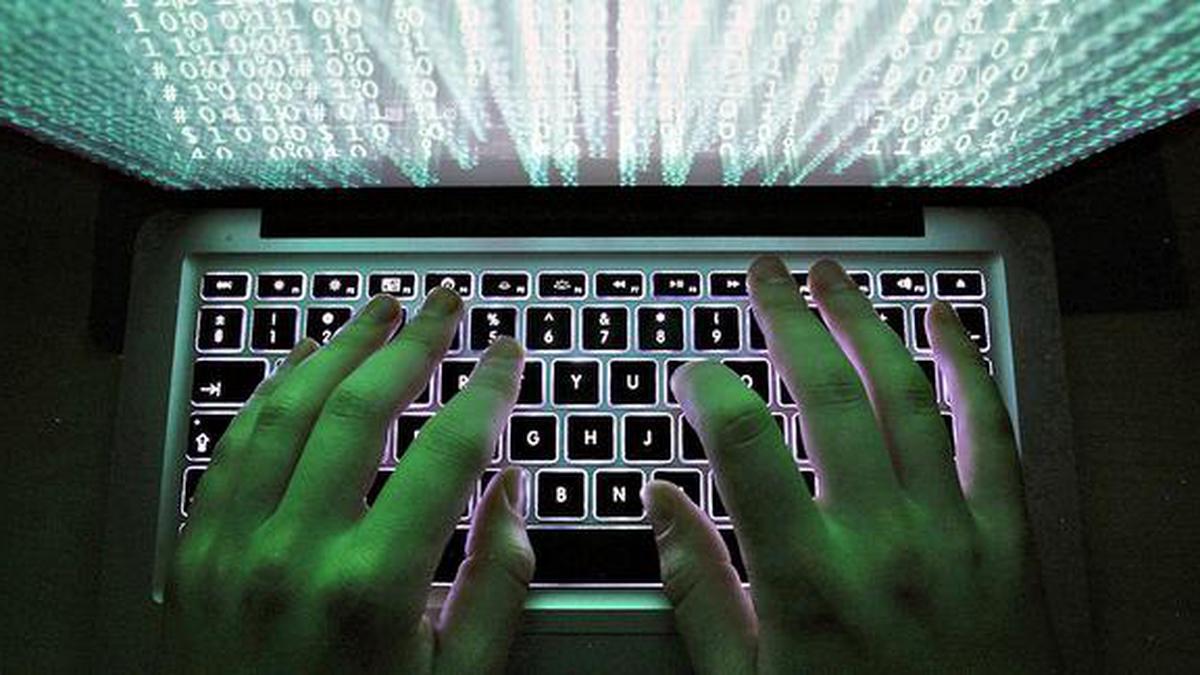
'Cheapfakes', not deepfakes, spread election lies in India
The Hindu
Fact-checkers say most the falsified pictures and videos posted online during the six-week election have not been made using artificial intelligence (AI), instead using relatively cheap and simple techniques.
India's election was in full swing when hundreds of social media users shared a video that appeared to show Home Minister Amit Shah saying the ruling party wanted to scrap a quota system aimed at undoing centuries of caste discrimination.
The controversial comments caused a brief furore before fact-checkers stepped in and declared the video a fake that had been made using old footage that was doctored with the help of basic editing tools - a so-called cheapfake.
In the run-up to the ongoing election, the results of which are due on June 4, politicians and digital rights groups voiced concern that voters could be swayed by misinformation contained in AI-driven "deepfake" videos.
But fact-checkers say most the falsified pictures and videos posted online during the six-week election have not been made using artificial intelligence (AI), instead using relatively cheap and simple techniques such as footage editing or mislabelling to present content in a misleading context.
(For top technology news of the day, subscribe to our tech newsletter Today’s Cache)
"Maybe 1% of the content we have seen is AI-generated," said Kiran Garimella, an assistant professor at Rutgers University who researches WhatsApp in India. "From what we can tell, it's still a very small percentage of misinformation."
Whether cheapfakes or deepfakes, the result can be equally convincing, fact-checkers say, putting the onus on social media companies to do more to root out all forms of misinformation being spread on their platforms.

“Writing, in general, is a very solitary process,” says Yauvanika Chopra, Associate Director at The New India Foundation (NIF), which, earlier this year, announced the 12th edition of its NIF Book Fellowships for research and scholarship about Indian history after Independence. While authors, in general, are built for it, it can still get very lonely, says Chopra, pointing out that the fellowship’s community support is as valuable as the monetary benefits it offers. “There is a solid community of NIF fellows, trustees, language experts, jury members, all of whom are incredibly competent,” she says. “They really help make authors feel supported from manuscript to publication, so you never feel like you’re struggling through isolation.”

Several principals of government and private schools in Delhi on Tuesday said the Directorate of Education (DoE) circular from a day earlier, directing schools to conduct classes in ‘hybrid’ mode, had caused confusion regarding day-to-day operations as they did not know how many students would return to school from Wednesday and how would teachers instruct in two modes — online and in person — at once. The DoE circular on Monday had also stated that the option to “exercise online mode of education, wherever available, shall vest with the students and their guardians”. Several schoolteachers also expressed confusion regarding the DoE order. A government schoolteacher said he was unsure of how to cope with the resumption of physical classes, given that the order directing government offices to ensure that 50% of the employees work from home is still in place. On Monday, the Commission for Air Quality Management in the National Capital Region and Adjoining Areas (CAQM) had, on the orders of the Supreme Court, directed schools in Delhi-NCR to shift classes to the hybrid mode, following which the DoE had issued the circular. The court had urged the Centre’s pollution watchdog to consider restarting physical classes due to many students missing out on the mid-day meals and lacking the necessary means to attend classes online. The CAQM had, on November 20, asked schools in Delhi-NCR to shift to the online mode of teaching.









